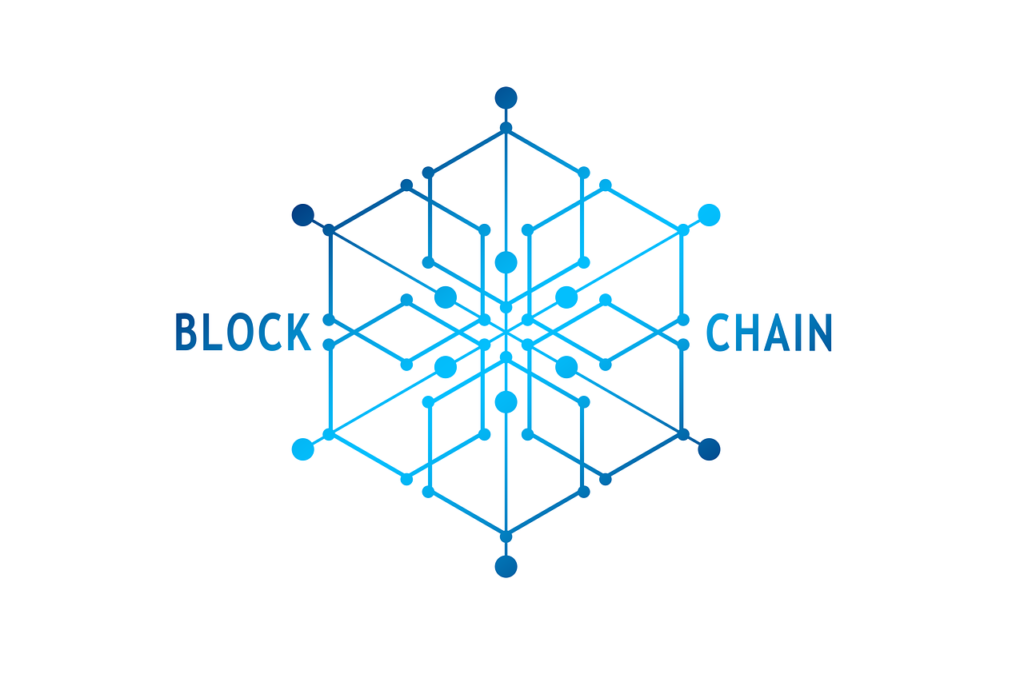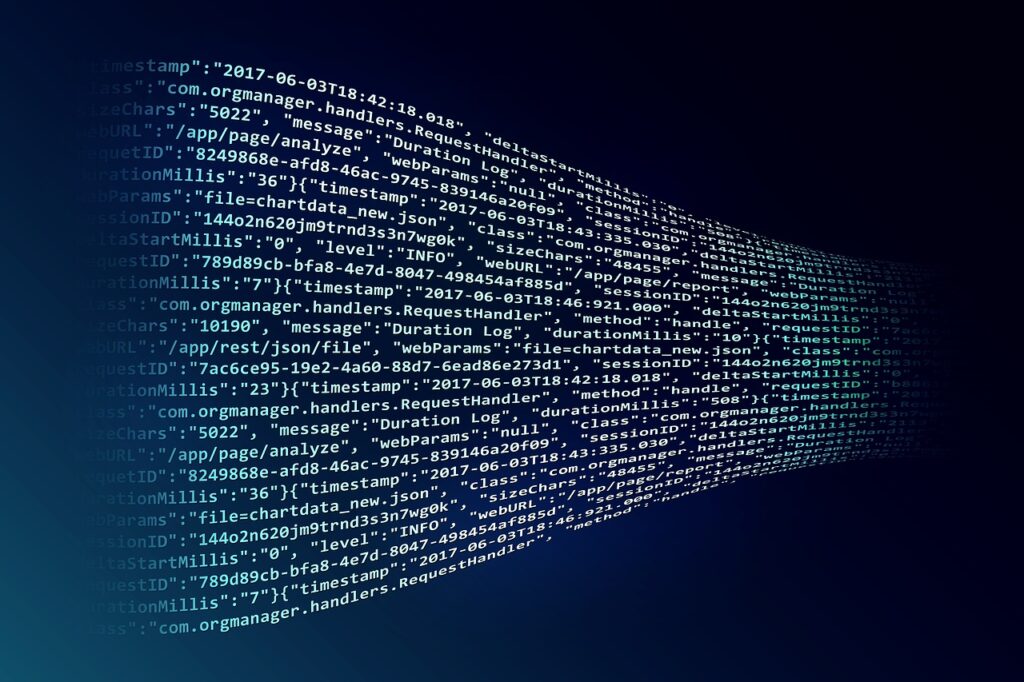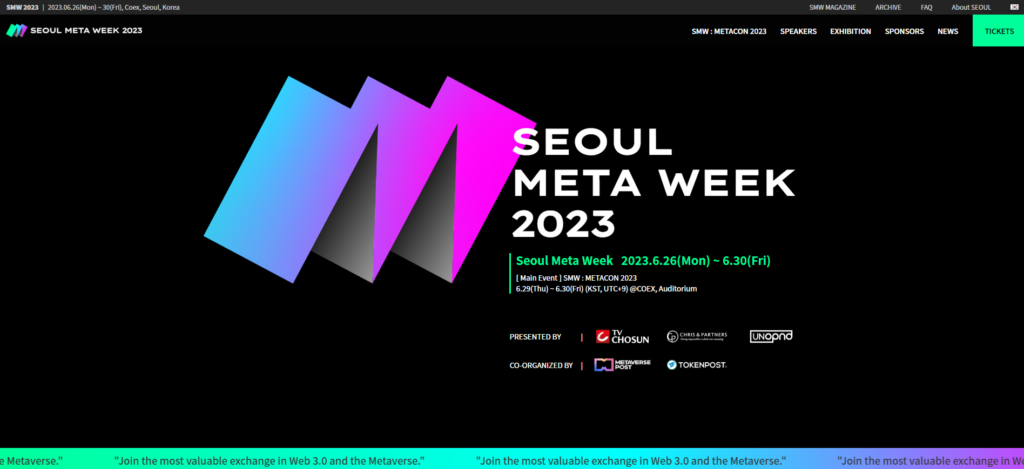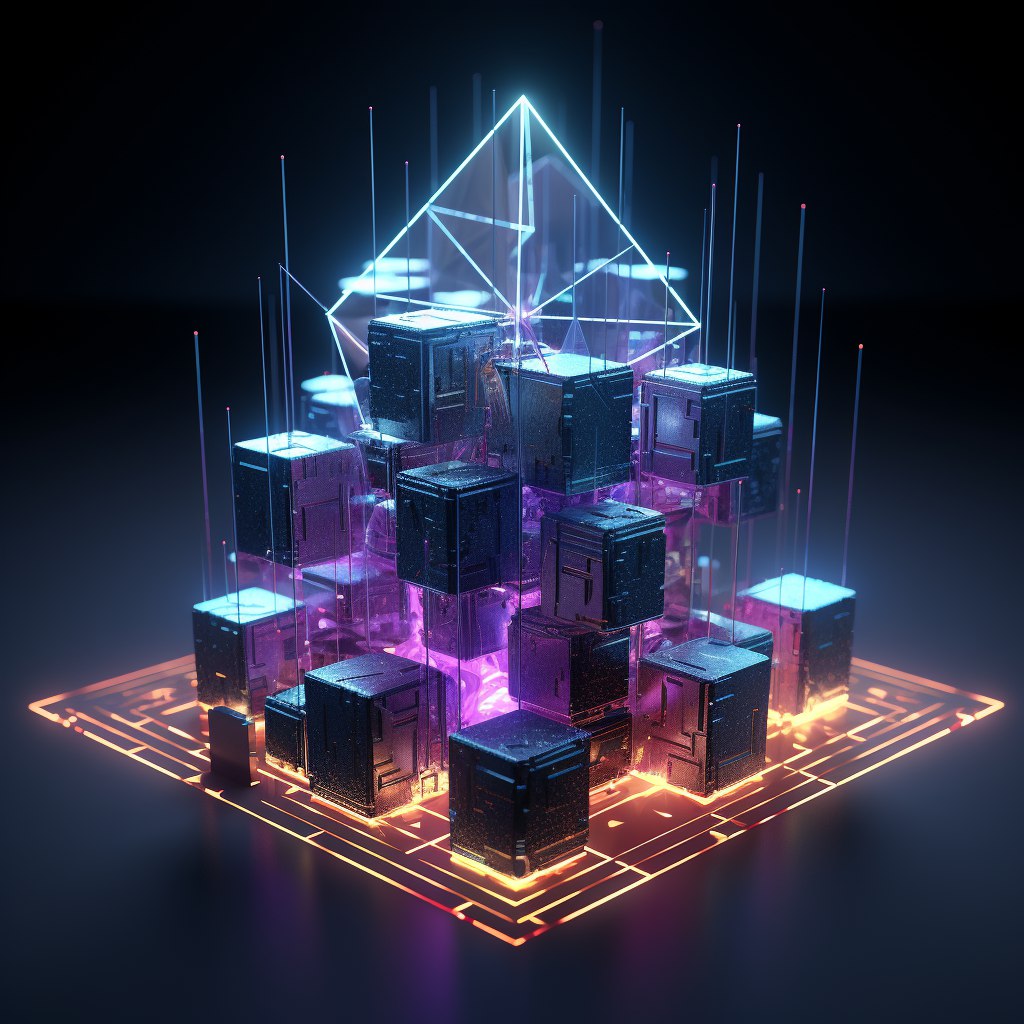Blockchain technology has been a game-changer in the way we conduct transactions and exchange value. However, as the popularity of blockchain grows, the issue of scalability has become a significant concern. To address this, developers have created Layer 2 blockchains as a solution to the scalability problem. In this article, we will explore the differences between Layer 1 and Layer 2 blockchains and how they address scalability.:
Layer 1 Blockchain
Layer 1 blockchain is the underlying technology that powers most blockchain networks, including Bitcoin, Ethereum, and other similar blockchain networks. Layer 1 blockchain is designed to provide a decentralized, trustless, and secure platform for recording and managing transactions on the blockchain.
The Layer 1 blockchain is responsible for creating, validating, and storing blocks of transaction data on the blockchain. Each block contains a set of transactions, and once a block is added to the blockchain, it is considered immutable and cannot be altered or deleted. This provides a high level of security and transparency to the network, as transactions cannot be modified or tampered with after they are recorded on the blockchain.
Layer 1 blockchain operates in a decentralized and trustless manner, meaning that there is no central authority controlling the network. Transactions are verified by a distributed network of nodes, which work together to validate and confirm transactions before they are added to the blockchain. This ensures that the network is transparent, secure, and resistant to censorship and attacks.
One of the key features of Layer 1 blockchain is its ability to provide security, decentralization, and immutability to the blockchain ecosystem. The decentralized nature of the Layer 1 blockchain ensures that no single entity has control over the network, making it more secure and resistant to censorship and attacks. Additionally, the immutability of the Layer 1 blockchain ensures that transactions cannot be altered or deleted once they are recorded on the blockchain, providing a high level of transparency and accountability.
Layer 1 blockchain has revolutionized various industries, including finance, healthcare, supply chain management, and more. It has enabled the creation of new decentralized applications (dApps) and platforms, such as decentralized exchanges (DEXs), decentralized marketplaces, and decentralized finance (DeFi) applications. These applications and platforms are built on top of Layer 1 blockchain, leveraging its security, decentralization, and immutability to provide users with a more secure, transparent, and decentralized ecosystem.
Layer 2 Blockchain
Layer 2 blockchain is a secondary framework built on top of an existing Layer 1 blockchain that aims to improve the scalability, efficiency, and usability of the underlying network. While Layer 1 blockchain provides a decentralized and secure platform for recording and managing transactions on the blockchain, it has limited scalability, which can lead to slow transaction speeds and high fees during periods of high network activity.
Layer 2 blockchain operates in parallel to the underlying Layer 1 blockchain, processing transactions off-chain and only submitting them to the Layer 1 network when necessary. This reduces the load on the Layer 1 network, making it more efficient and capable of handling more transactions. Layer 2 blockchain typically leverage various techniques to achieve this, including state channels, sidechains, and plasma chains.
State channels are one type of Layer 2 solution that enables users to conduct off-chain transactions with other users, without the need to submit every transaction to the Layer 1 blockchain. Instead, a state channel is established between two parties, allowing them to conduct multiple transactions off-chain, which are only settled on the Layer 1 blockchain once the channel is closed.
Sidechains are another type of Layer 2 solution that creates a separate blockchain that is connected to the main Layer 1 blockchain, allowing users to transact on the sidechain without congesting the main network. Transactions on the sidechain can be settled on the main Layer 1 blockchain when necessary.
Plasma chains are a Layer 2 scaling solution that allows for the creation of a network of sidechains, which are connected to the main Layer 1 blockchain. Plasma chains operate as a hierarchical network of blockchains, with each plasma chain processing transactions off-chain and only submitting the final transaction data to the main Layer 1 blockchain when necessary.
Layer 2 blockchain provides several benefits over Layer 1 blockchain, including improved scalability, reduced transaction fees, and faster transaction processing times. These benefits have made Layer 2 blockchain a popular solution for decentralized applications (dApps) that require high throughput and scalability, such as decentralized exchanges (DEXs), gaming platforms, and prediction markets.
Differences between Layer 1 and Layer 2 Blockchain
The primary difference between Layer 1 and Layer 2 blockchain is their approach to handling transactions. Layer 1 blockchains create, validate, and store blocks of transaction data on the blockchain, while Layer 2 blockchains process transactions off-chain and only submit transaction data to the Layer 1 blockchain when necessary. This makes Layer 2 blockchains faster and more efficient than Layer 1 blockchains. However, Layer 2 blockchains are less secure than Layer 1 blockchains because they rely on fewer nodes to validate transactions.
Use cases of Layer 1 and Layer 2 Blockchain
Layer 1 blockchain is ideal for use cases that require maximum security and decentralization. Layer 1 blockchain is suitable for applications such as digital currency, smart contracts, and identity verification systems. On the other hand, Layer 2 blockchain is ideal for use cases that require scalability, speed, and cost-effectiveness. Layer 2 blockchain is suitable for applications such as micropayments, online gaming, and content distribution.
Use Cases for Layer 1 Blockchain:
Layer 1 blockchain is ideal for use cases that require maximum security and decentralization. Some of the common use cases for Layer 1 blockchain are:
a) Digital Currency: The most well-known use case for blockchain technology is digital currency, such as Bitcoin and other cryptocurrencies. The security and decentralization provided by Layer 1 blockchain make it an ideal platform for creating and managing digital currencies.
b) Smart Contracts: Layer 1 blockchain, such as Ethereum, allows developers to create and execute smart contracts, which are self-executing contracts with the terms of the agreement between buyer and seller being directly written into lines of code. Smart contracts can be used for a wide range of applications, including supply chain management, identity verification, and real estate transactions.
c) Identity Verification: Layer 1 blockchain can be used to create a decentralized and secure identity verification system. This would allow users to prove their identity without relying on a centralized authority, such as a government or financial institution.
Use Cases for Layer 2 Blockchain:
Layer 2 blockchain is ideal for use cases that require scalability, speed, and cost-effectiveness. Some of the common use cases for Layer 2 blockchain are:
a) Micropayments: Layer 2 blockchain, such as the Lightning Network on top of Bitcoin, can process micropayments quickly and cost-effectively. This is useful for applications such as online tipping, pay-per-use services, and small transactions.
b) Online Gaming: Layer 2 blockchain can be used to create decentralized online gaming platforms, where users can play games and earn rewards without the need for a centralized authority. Layer 2 blockchain can also process in-game transactions quickly and cost-effectively.
c) Content Distribution: Layer 2 blockchain can be used to create decentralized content distribution platforms, where users can share and access content without the need for a centralized authority. Layer 2 blockchain can also process micropayments for accessing premium content.
Overall, Layer 1 and Layer 2 blockchains have unique use cases, and their coexistence is necessary for the growth and development of the blockchain ecosystem. While Layer 1 blockchain provides security and decentralization, Layer 2 blockchain addresses scalability, speed, and cost-effectiveness, making it suitable for a wide range of applications.
Examples of Layer 1 Blockchains

- Bitcoin (BTC) – Bitcoin is the first and most well-known cryptocurrency. It is a decentralized Layer 1 blockchain that allows users to transact without the need for a central authority.
- Ethereum (ETH) – Ethereum is a decentralized, open-source Layer 1 blockchain that allows developers to create smart contracts and decentralized applications (dApps).
- Litecoin (LTC) – Litecoin is a decentralized, peer-to-peer Layer 1 blockchain that uses a unique mining algorithm that makes it faster and cheaper to process transactions compared to Bitcoin.
Examples of Layer 2 Blockchains
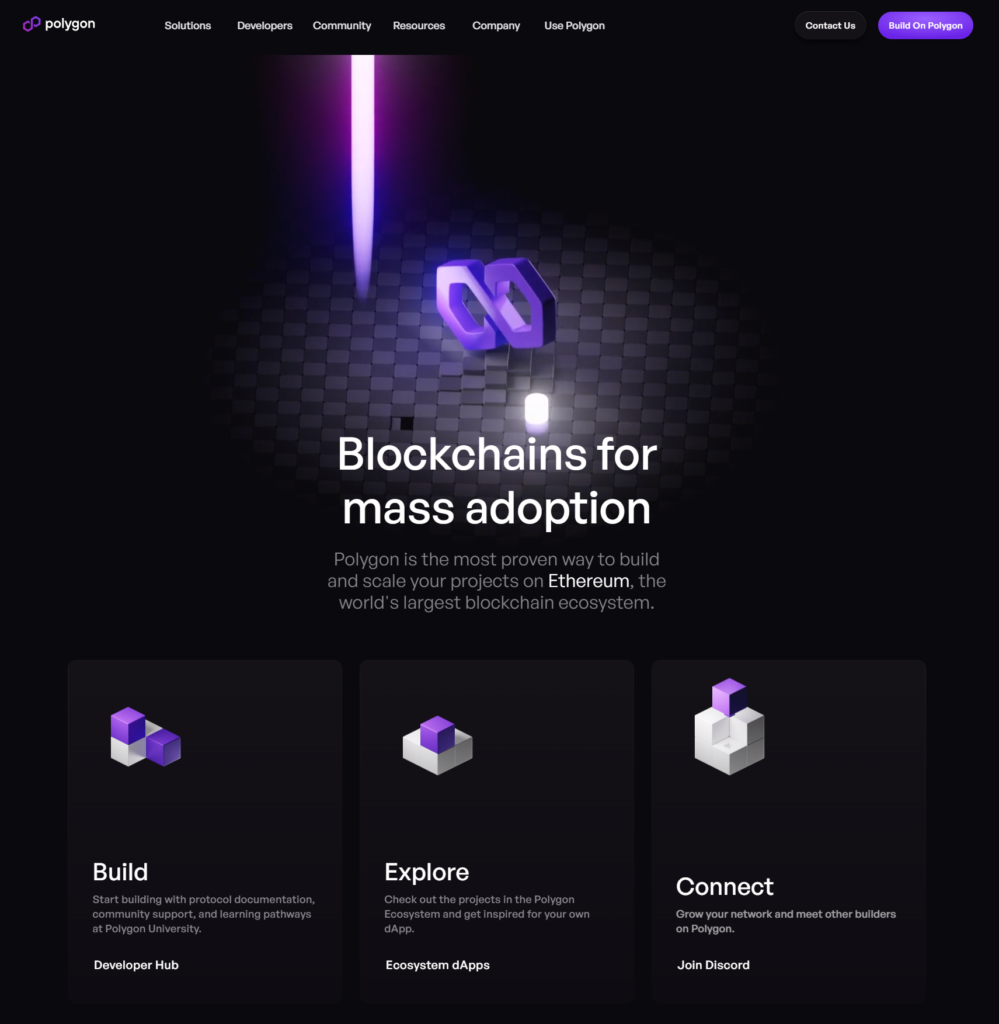
- Lightning Network (LN) – The Lightning Network is a Layer 2 scaling solution built on top of Bitcoin. It allows users to conduct instant, low-cost transactions off-chain and only settles the final transaction on the Bitcoin Layer 1 blockchain.
- Plasma (PLA) – Plasma is a Layer 2 blockchain framework that enables the creation of scalable, decentralized applications. It operates as a sidechain to the Ethereum Layer 1 blockchain.
- Polygon (MATIC) – Polygon is a Layer 2 blockchain framework that provides a scalable, secure, and interoperable infrastructure for building decentralized applications. It operates as a sidechain to the Ethereum Layer 1 blockchain.
Conclusion
In conclusion, Layer 1 blockchain and Layer 2 blockchain are two essential components of the blockchain ecosystem. While Layer 1 blockchain provides security, decentralization, and immutability, Layer 2 blockchain addresses scalability by processing transactions off-chain. Both Layer 1 and Layer 2 blockchain have their unique use cases, and their coexistence is necessary for the blockchain ecosystem’s growth and development.
References:
- Ethereum Foundation. (2021). Ethereum: A Secure Decentralized Generalized Transaction Ledger. Retrieved from https://ethereum.org/en/whitepaper/
- Lightning Network. (2021). Lightning Network. Retrieved from https://lightning.network/
- NAKAMOTO, S. (2008). Bitcoin: A Peer-to-Peer Electronic Cash System. Retrieved from https://bitcoin.org/
Note: These references are for informational purposes only, and the author does not endorse any particular product, service, or organization mentioned in this article.
Disclaimer
The information presented in this article is for informational purposes only and should not be construed as investment or financial advice. The author and publisher of this article are not financial advisors or investment professionals and do not offer any advice or recommendations regarding the purchase or sale of any financial instrument. The views and opinions expressed in this article are those of the author and do not necessarily reflect the official policy or position of any organization, agency, or company. The author and publisher of this article make no representations or warranties of any kind, express or implied, about the completeness, accuracy, reliability, suitability, or availability with respect to the information contained in this article or the products, services, or related graphics referred to in this article. Any reliance you place on such information is therefore strictly at your own risk. In no event will the author or publisher of this article be liable for any loss or damage including without limitation, indirect or consequential loss or damage, or any loss or damage whatsoever arising from loss of data or profits arising out of, or in connection with, the use of this article.
